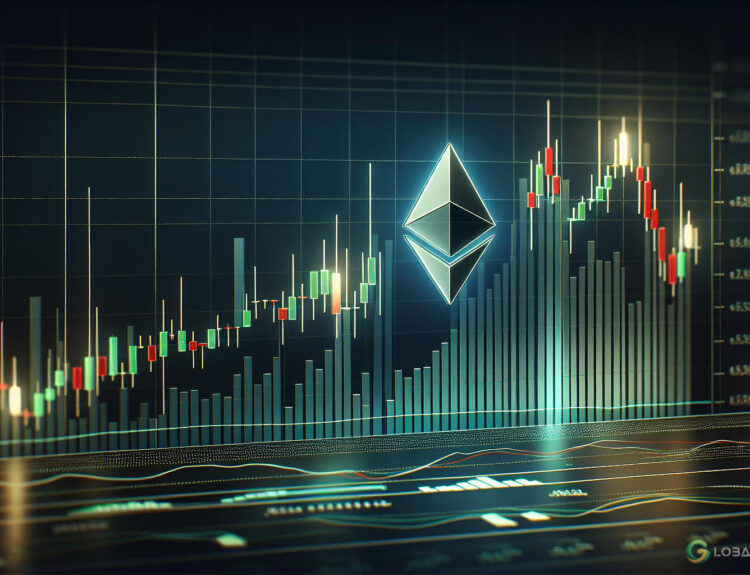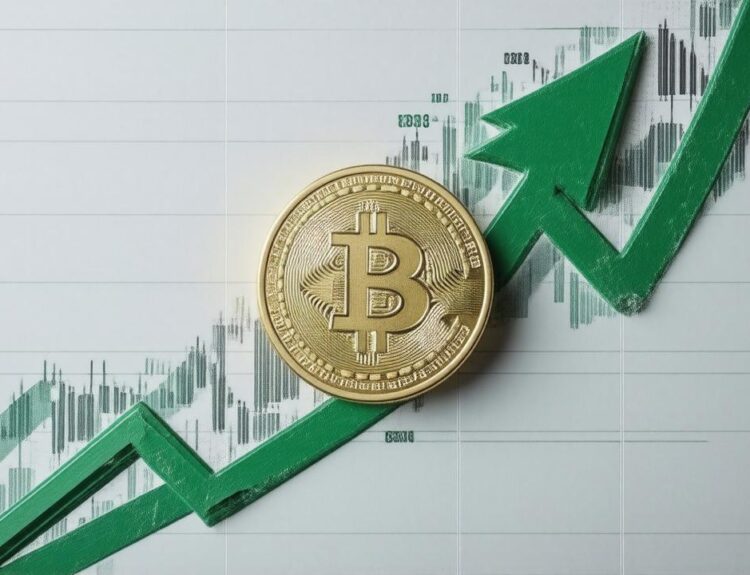The Pi Network price has been consolidating since early April, reflecting waning demand from investors. On Monday, Pi Coin was trading at $0.60, a significant drop from its all-time high of $3. This decline has led to a loss of over $9 billion in market value, with its market capitalization shrinking from $13 billion to $4 billion.
Declining Interest and Trading Volume
Investor interest in Pi Network has remained tepid in recent weeks. Data shows that daily trading volume has plummeted from $800 million following its mainnet launch to just $42 million. This sharp decline in activity highlights the challenges the project faces in maintaining momentum.
Impact of Rising Circulating Supply
The downward pressure on Pi Coin’s price can also be attributed to its increasing circulating supply. According to recent reports, the network plans to unlock 231 million Pi tokens this month, followed by another 222 million tokens in June. Over the next year, approximately 1.4 billion tokens—valued at around $853 million—will enter the market.
In cryptocurrency markets, an oversupply of tokens in a low-demand environment typically results in price stagnation or decline. Without major catalysts such as new exchange listings or strategic partnerships, Pi Network may struggle to regain investor confidence.
Challenges in Ecosystem Development
Pi Network has also faced obstacles in gaining traction for its ecosystem applications. While blockchains like Ethereum and Solana dominate the crypto landscape with robust ecosystems, Pi Network has yet to establish significant use cases or partnerships. This lack of development further contributes to its subdued price performance.
Analyzing Pi Network’s Price Action
The eight-hour chart for Pi Coin indicates a prolonged period of consolidation since early April. This price behavior aligns with the accumulation phase described in the Wyckoff Theory, which outlines four distinct stages in an asset’s price cycle: accumulation, markup, distribution, and markdown.
“The accumulation phase is characterized by low trading volume and sideways price movement, often serving as a precursor to the markup phase.”
During the markup phase, prices typically surge as traders rush to capitalize on upward momentum, driven by events like exchange listings or other major catalysts.
Potential Catalysts for Price Growth
Speculation is mounting that Pi Network could see a listing on at least one major exchange this month. HTX, an exchange affiliated with Justin Sun, has hinted at the possibility of a Pi Coin listing through social media posts. If confirmed, this could serve as the much-needed catalyst to drive Pi Coin into the markup phase.
Historically, tokens experience significant price surges following listings on high-profile exchanges. For instance, Orca saw its price soar by over 200% after being listed on Upbit. Given Pi Network’s broader popularity, a top-tier exchange listing could potentially lead to an even larger price jump.
Price Targets to Watch
Should Pi Coin enter the markup phase, key price targets include the psychological level of $1 and the resistance point at $1.80, which represents its highest swing from March 13. Achieving these levels would signal renewed investor interest and stronger market activity for Pi Network.
While the Pi Network faces significant hurdles, including rising token supply and limited ecosystem traction, the potential for an exchange listing could reinvigorate its price and market dynamics. Investors should monitor developments closely as they consider their next steps in this evolving market.
























